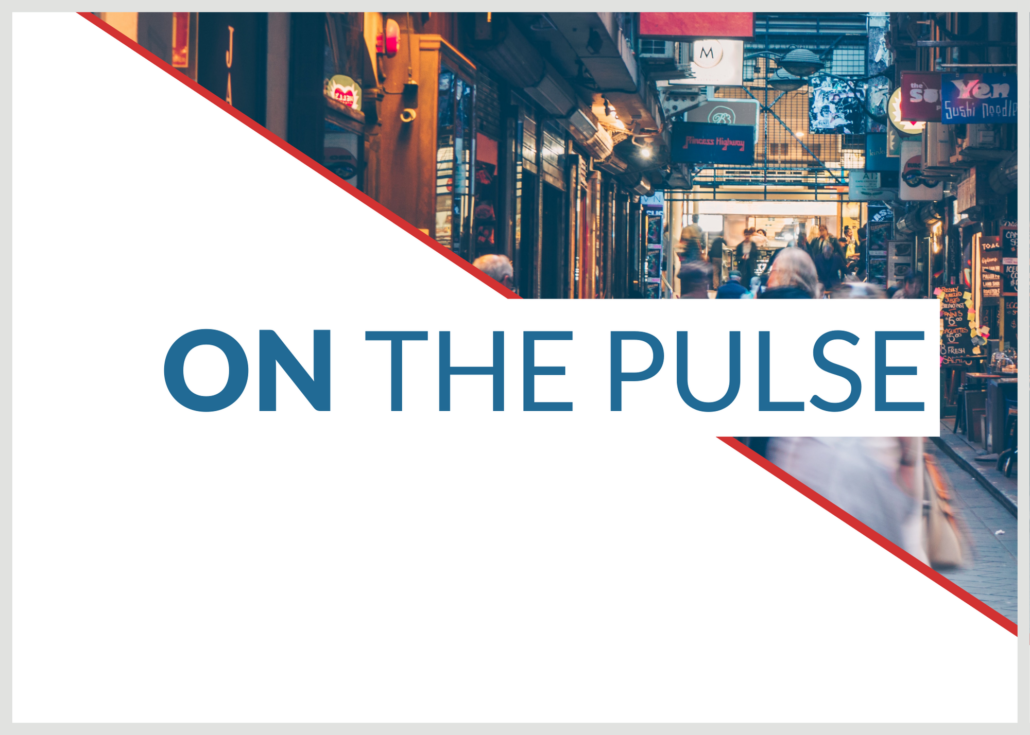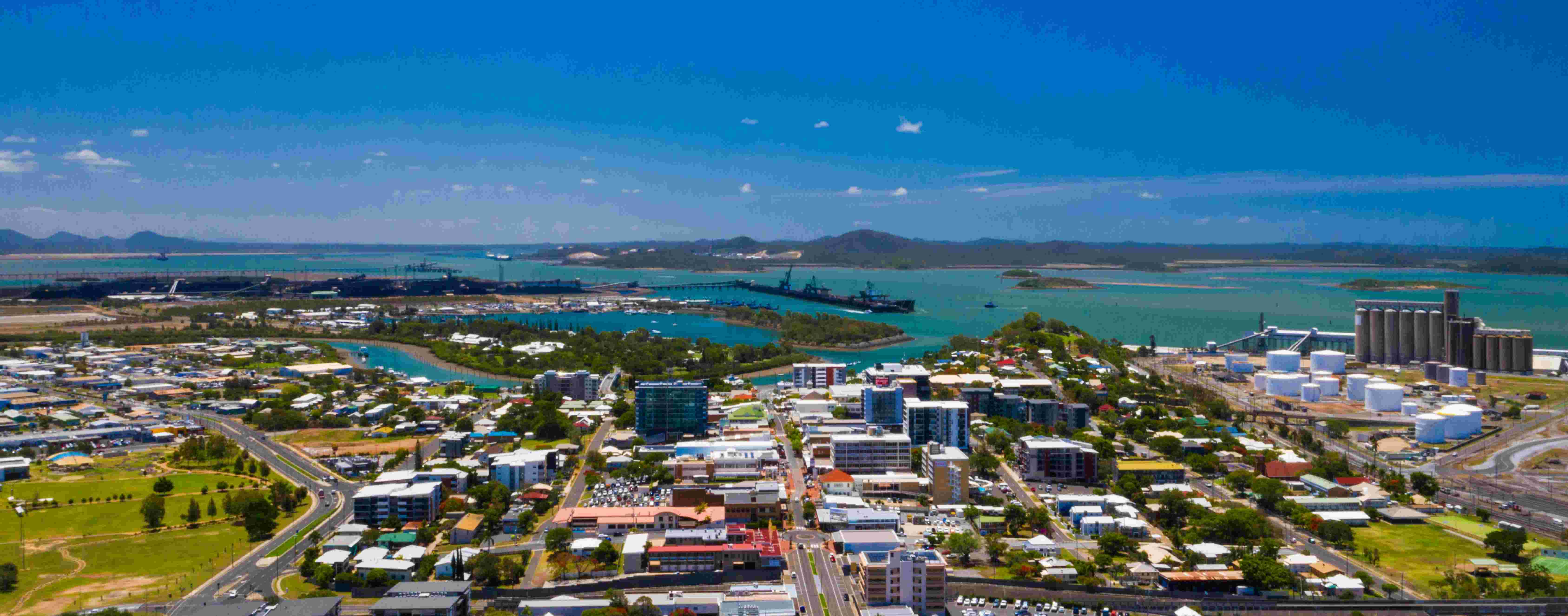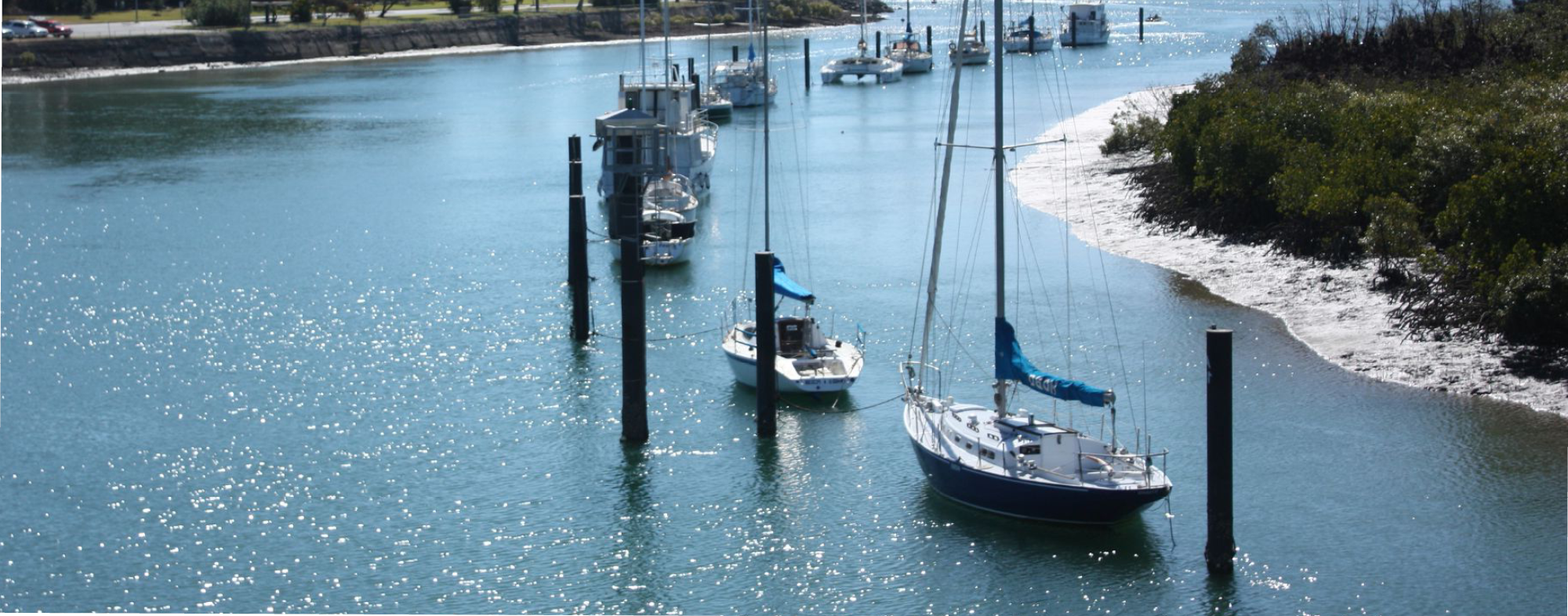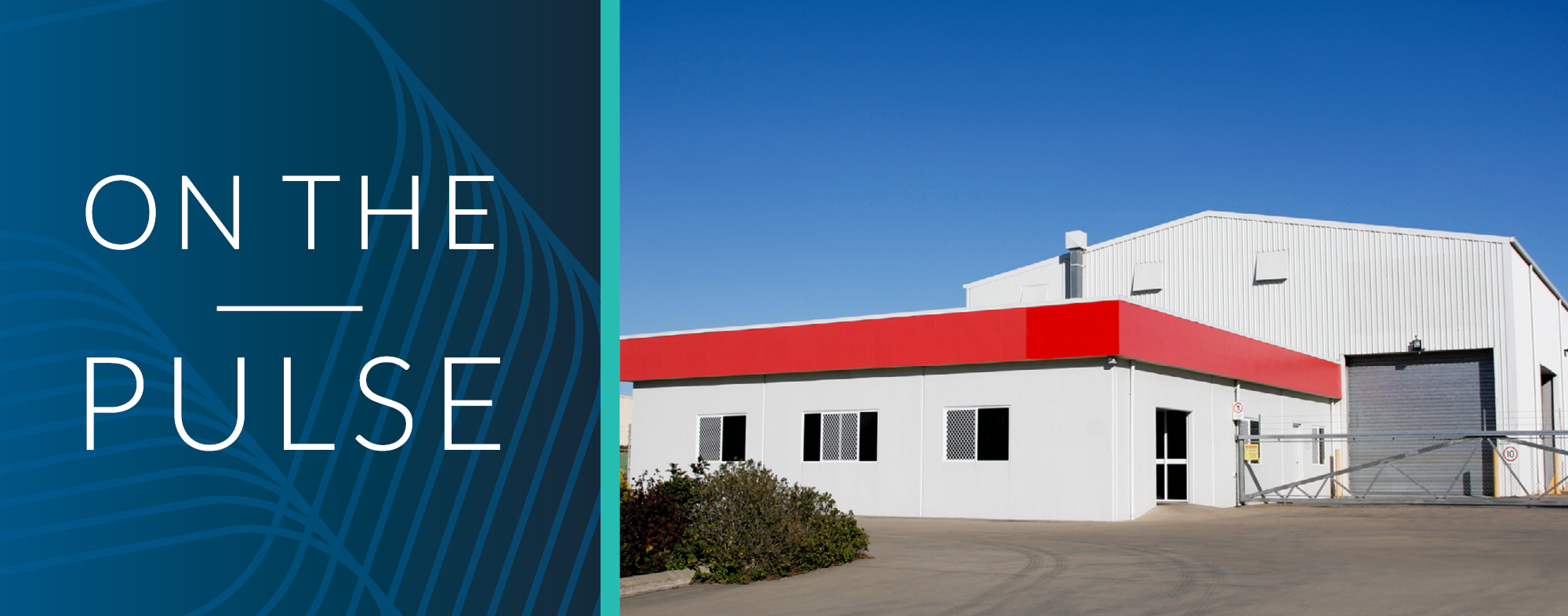Annual Data 2024 Review: Sub-$40m Commercial Market Eyes Soft Rebound
Newsletter

Author: Ross Turner, General Manager - Australian Valuation Operations, Opteon
Special contributor: Anthony De Francesco, Managing Director, Real Investment Analytics![]()
The headlines
- Opteon and Real Investment Analytics have analysed RIA data for sub-$40m commercial properties across Australia over the past three years (December 2020 to December 2023).
- For investors and financiers, these data-driven insights provide a clear picture of recent market performance of sub-$40m commercial assets in the office, retail and industrial property sub-markets in Australia.
- In 2023, while the sub-$40m commercial market softened, it continued to show resilience, which was consistent with the broader commercial property market. Of the sub-markets, industrial assets performed best.
- Niche assets such as large format neighbourhood/ convenience retail, petrol stations and other alternate assets including data centres have gained popularity.
- From our data analysis and market observations – and assuming macro-economic factors remain stable – we expect to see the sub-$40m commercial property market reach the trough of the market cycle later this year and experience a soft rebound in 2025.
Sub-$40m commercial market overview
In mid-2022, the sub-$40m commercial market reached its recent cycle peak and started to soften towards the end of the year. Across both capital market and space market conditions, that trend continued throughout 2023 – largely due (directly and indirectly) to interest rate rises.

Unsurprisingly, given the nature of the assets and their locations and tenants, office properties continued to command a higher asset price than retail and industrial property assets. However, despite this, the office sub-market experienced a steeper value drop in late 2023 than other commercial asset types. Given the prevalence of work-from-home arrangements, this is likely to reflect an ongoing structural change for the market.
Over 2023, industrial assets rose 16% to reach a three-year high of $4,333psm in December 2023. In contrast, retail asset values decreased by 10.6% across 2023 and were $4,637psm in December 2023. Office results were lumpier, spiking to a three year high of $8,347psm in June 2023 before falling to $7,396psm in December 2023, which was an overall decrease of 5.5% across 2023.

Following a tightening of cap rates in mid-2022, the market softened in 2023. This softening varied markedly across key property sub-sectors, with the largest decompression in cap rates in industrial assets, followed by office assets. This reflected the relatively strong cash flows in the industrial property market, which suggests the readjustment was a transitory market change.
Cap rates also varied widely across state markets. They were tightest in New South Wales for office and industrial assets and slightly tighter in Victoria for retail assets. At the end of 2023, cap rates were softest for office (6.5%), followed by retail (5.8%) and then industrial properties (5.6%).

Occupancy rates for industrial and retail properties remained generally steady over 2023, following a consistent trend over the past three years. In contrast, office occupancy rates, which were consistent between the start of 2021 and mid-2023, dropped markedly in the second half of 2023 to a three-year low, reflecting the post-pandemic flexible work changes – particularly in Victoria. At the end of 2023, occupancy for industrial properties was 98.9%, retail was 97.8%, and office was 87.2%.
Industrial
In 2023, the industrial sub-market continued to perform well relative to other sub-markets thanks to strong demand fuelled by e-commerce, tight supply, low turn-over and attractive cash flows.

Over the past three years, industrial asset values have been trending upwards across the country. In the past year alone, average national industrial asset values increased by 16% from $3,735psm to $4,333psm, reaching a three-year high.
Over 2023, industrial asset values increased across all states except Victoria, in which industrial asset values remained stable. At the end of 2023, New South Wales had the highest industrial asset value ($6,275psm), followed by Queensland ($3,481psm) and Victoria ($3,452psm), and then Western Australia ($2,559psm).

Since June 2022, when the tightened market hit its peak, industrial cap rates have steadily softened, and by December 2023 they were back to March 2021 values. This trend was seen across the states. At the end of 2023, Western Australia had the highest cap rate (6.1%), followed by Queensland (5.9%), Victoria (5.51%) and New South Wales (5.1%). While these mirrored the total sector trend, only the cap rates in New South Wales matched the performance of the total sector.

Nationally, occupancy rates in industrial properties have generally tracked the broader sector’s performance over the past year, other than a now-corrected dip seen in Queensland. At December 2023, occupancy rates for industrial assets in this category were 100% in Western Australia, 99.1% in Victoria, 98.9% in Queensland and 98.2% in New South Wales.
Retail
Retail assets in the sub-$40m category have proved resilient over the last three years, despite many pessimistic market expectations stemming from the pandemic and tough economic conditions for many households.

In most states, asset values of retail properties increased slightly over 2022, before generally falling back to 2021 values in 2023. Nationally, retail asset values decreased over 2023 by 10.6%.
At the end of 2023, New South Wales had the highest retail asset value ($5,257psm), followed by Victoria ($5,149psm), Queensland ($4,613psm), and then Western Australia ($3,318psm). Compared to the national average ($4,637psm), New South Wales values were 13.3% higher, Victorian values were 11.0% higher, Queensland values were 0.5% lower, and Western Australia values were 28.4% lower.

Since June 2022, retail cap rates have softened nationally. In 2023, retail cap rates rose 0.3% over the year, and returned roughly to June 2021 values by the end of the year.
State-based performance remained relatively consistent and tracked the national trend, with Victoria continuing to have the tightest cap rates (5.5%), followed by New South Wales (5.6%), Queensland (5.9%) and West Australia (6.0%).

At a national level, sub-$40m retail occupancy rates remained generally stable over the last three years but tracked below the total sector average. In 2023, occupancy rates reached a low of 96.7% in March, but by December had returned to 97.8%.
At a state level, the story was less consistent. Victoria and Queensland market occupancy rates over 2023 were generally stable. Western Australia occupancy rates fell over the year from 97.3% to 96.5% between December 2022 and December 2023, with a low of 96.2% in September 2023. In New South Wales, in the first three months of 2023, occupancy rates plummeted from 98.6% to 96.9%, before recovering mid-year. By the end of 2023, Victoria and New South Wales had occupancy rates above the national average, Queensland had rates around the national average, and Western Australia had rates well below the national average, reflecting a trend seen over the last 18 months.
Office
In 2023, the office sub-market followed many of the space market trends seen in the broader market, other than in Victoria which have experienced a softening in occupancy levels. The sector is also experiencing a change in asset pricing dynamics with a widening in the cap rate spread across asset grades; secondary assets are seeing a larger softening in cap rates to prime assets.

The national average office sector property asset value retreated over 2023 by 5.5% to $7,396psm, which was a trend driven by the New South Wales and Victorian markets. National asset values increased 7.1% from December 2020 ($7,272psm) to March 2023 ($7,786psm), before falling to $7,396psm at the end of 2023. This represents an overall 1.7% increase in national asset values since December 2020.
New South Wales continued to out-perform other state markets and the national average, with an asset value of $9,976psm in December 2023 and a peak of $11,863psm in June 2023. In contrast, in December 2023, Queensland asset values were $6,671psm, Western Australia’s were $4,984psm, and Victoria’s were $3,719psm.

Over 2023, cap rates of office properties nationally softened from 5.9% to 6.5%, representing a 0.58% increase over the year. At the end of 2023, cap rates for this sub-market were the softest they have been for the past three years.
The New South Wales market performed most strongly (5.7% at December 2023) and closely reflected the total sector’s performance.

The 2023 national occupancy rates for office properties reflect the situation in Victoria. Office occupancy rates in Victoria plummeted between December 2022 and December 2023, down to 84% from 95.4%. This potentially reflects the lag effect of Victoria’s more extensive pandemic lockdown experience and ongoing work-from-home practices.
These results may also suggest a structural change for the local market. In contrast, Queensland occupancy levels have grown, likely in response to state government stimulus activities to encourage businesses to return to the CBD.
Market outlook
Overall, the alignment between the common factor risks for the total commercial market and the sub-$40m commercial market is positive for investors as it reflects an underlying stability in market conditions.
From a capital market perspective, it seems likely there will be a soft, moderate upturn for the commercial property market in the next 12 months given the interest rate tightening cycle appears to have peaked, inflation is moving into the Reserve Bank of Australia’s target zone, and the broader economy is likely to experience a soft landing (avoiding a recession) albeit GDP growth continues to remain soft . Niche assets, such large format and convenience retail and other alternate investment asset classes are likely to remain attractive to investors.
Space market conditions are likely to lag in recovery and differ for each sub-market. We expect occupancy demand for industrial property will remain tight and retail occupancy demand to stabilise once interest rate-related household budget constraints ease. Demand for office space may continue to soften where state-based incentives do not exist as work-from-home arrangements normalise and unemployment rates rise.
Ross Turner
General Manager - Australian Valuation Operations
Subscribe to Receive the Latest Property Insights!
DISCLAIMER
This article is produced by Opteon Property Group Pty Ltd. It is intended to provide general information in summary form on valuation related topics, current at the time of first publication. The contents do not constitute advice and should not be relied upon as such. Formal advice should be sought in particular matters. Opteon’s valuers are qualified, experienced and certified to provide market value valuations of your property. Opteon does not provide accounting, specialist tax or financial advice.
Liability limited by a scheme approved under Professional Standards









